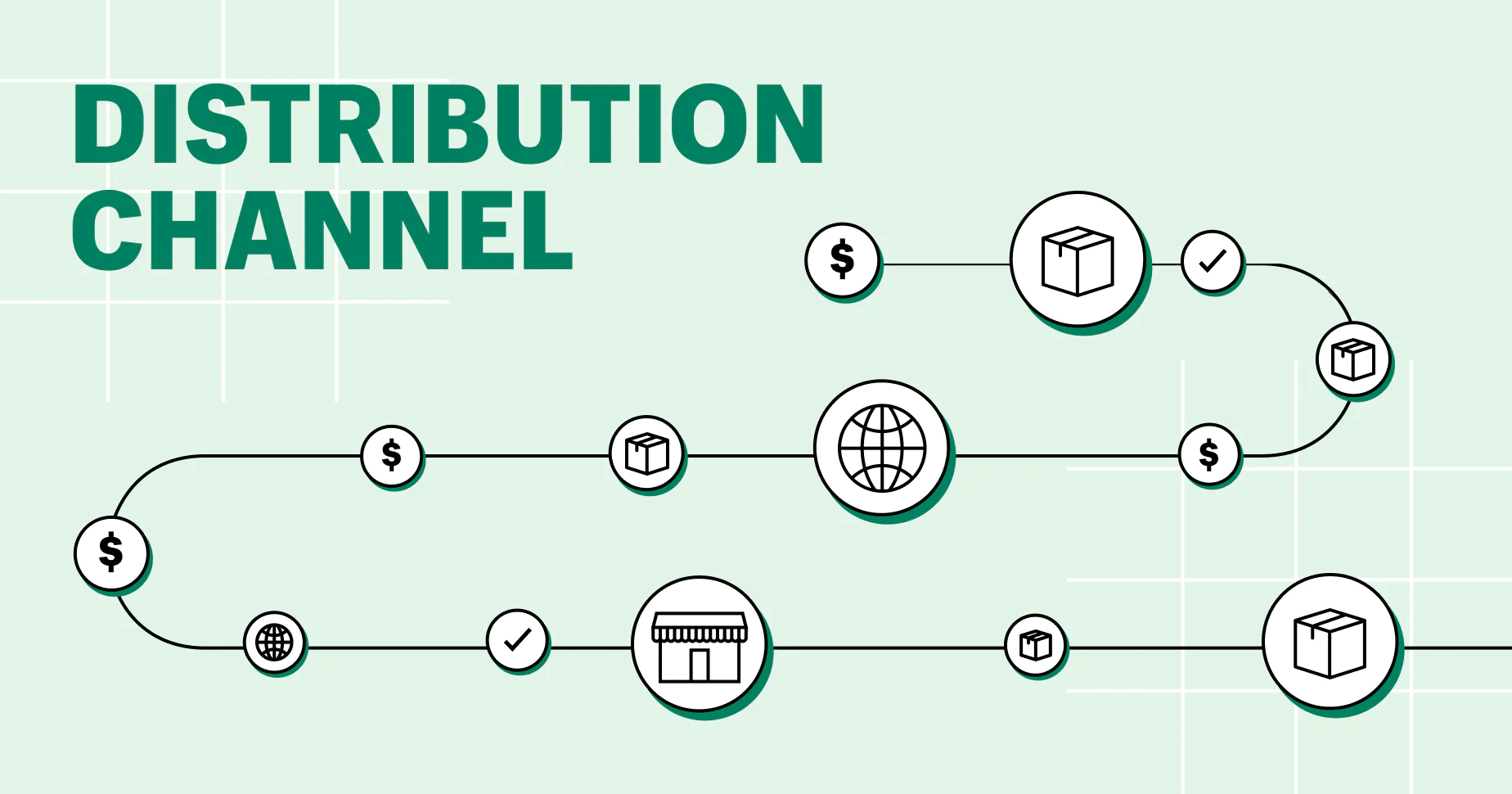Introduction
Distribution is a fundamental aspect of the supply chain, acting as the conduit through which products and services flow from manufacturers to end consumers. It encompasses a complex network of activities, including procurement, storage, transportation, and delivery, all aimed at fulfilling customer demands. In this comprehensive guide, we delve into the intricacies of distribution strategies and management, illuminating their critical importance in modern business operations.
Understanding Distribution
Distribution is how products get from where they’re made to where they’re sold. It starts with getting the materials to make the product and ends with delivering it to customers. Along the way, there are many steps to make sure everything happens smoothly and efficiently. This multifaceted journey involves various stages, including procurement, production, packaging, transportation, warehousing, and inventory management. Central to this process are:
- Distributors.
- Acting as intermediaries that facilitate the seamless flow of products from manufacturers to customers.
- Ensuring accessibility and availability in the market.
Types of Distribution Strategies
- Intensive Distribution: This strategy is characterized by widespread product availability across numerous outlets, aiming to maximize market coverage and accessibility. It is commonly employed for fast-moving consumer goods (FMCGs) and everyday essentials, leveraging high demand to ensure ubiquitous presence and convenience for consumers.
- Selective Distribution: In contrast to intensive distribution, selective distribution involves a more discerning approach, where companies strategically choose specific outlets or channels to sell their products. This method is often preferred for specialty goods or niche markets, focusing on quality over quantity and delivering enhanced customer experiences through targeted sales support and service.
- Exclusive Distribution: Exclusive distribution entails granting exclusive rights to a single retailer or distributor to sell a product within a specific geographical area or market segment. This strategy is commonly deployed for luxury or premium products, aiming to maintain brand exclusivity, control market positioning, and deliver a unique, upscale buying experience for consumers.
Exploring Distribution Channels
A distribution channel is the conduit through which products travel from producer to consumer. It encompasses a wide array of intermediaries, including wholesalers, distributors, retailers, and online platforms. Direct distribution involves manufacturers selling directly to consumers, bypassing intermediaries, while indirect distribution utilizes intermediaries to facilitate product flow. Indirect distribution provides added value through wider market reach and logistical support.
Distribution Management
Distribution management encompasses the strategic planning, coordination, and oversight of all activities involved in product transfer, from manufacturing facilities to the final point of sale. This comprehensive process encompasses many tasks, including inventory management, order processing, demand forecasting, logistics coordination, and customer service, all aimed at ensuring seamless and efficient product distribution.
Factors Influencing Distribution Management
Effective distribution management is influenced by various factors, including:
- Packaging: Product packaging impacts transportation costs, storage requirements, and overall product presentation.
- Inventory Management: Efficient inventory control ensures optimal stock levels and minimizes carrying costs.
- Logistics: Effective logistics management involves planning, executing, and controlling the movement of goods, optimizing transportation routes, and ensuring timely delivery.
- Nature of the Product: Different products require tailored distribution strategies based on factors such as perishability, fragility, and size.
- Type of Market: Market dynamics, including geographical location, target demographics, and competitive landscape, influence distribution approaches.
- Business Strategy: Distribution strategies must align with broader business objectives, including market expansion, brand positioning, and profitability goals.
- Customer Preferences: Understanding consumer behavior and preferences informs distribution decisions, such as channel selection and service levels.
- Regulatory Environment: Compliance with laws and regulations governing product transportation, safety, and labeling is essential for seamless distribution operations.
- Technological Capabilities: Leveraging technology, such as inventory management systems, transportation optimization software, and e-commerce platforms, enhances distribution efficiency and visibility.
- Geographical Considerations: Local infrastructure, transportation networks, and cultural factors impact distribution logistics and route planning, necessitating tailored strategies for different regions.
Conclusion
In conclusion, distribution strategies and management play pivotal roles in ensuring the seamless flow of products from manufacturers to end consumers. By understanding the complexities of distribution and addressing relevant factors, businesses can optimize their distribution processes, improve customer satisfaction and sustain a competitive advantage in today’s ever-evolving marketplace.





